This is another in our continuing series of “Know Your Airplane” articles, designed to help you better understand the components and systems on your airplane. As a Private Pilot, you probably know what most antennas on your airplane are. If you’re working toward your Instrument or Commercial rating, you better know what they all are, and whether they are discrete or redundant.
Communication - There is one for each radio. Generally both are on top of the aircraft, but you might have one on top, one on the bottom. In this case, determine which goes to which radio (top would be better for ground comm; bottom better for tower/enroute communication).
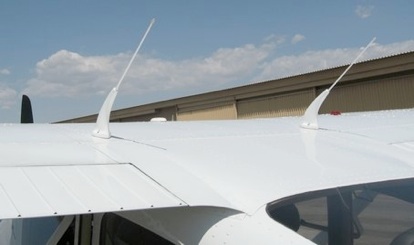
Navigation - Cat whisker nav antennae (below) are poor at receiving signals from the side; they are generally for aircraft that fly low and track directly to/from a station.
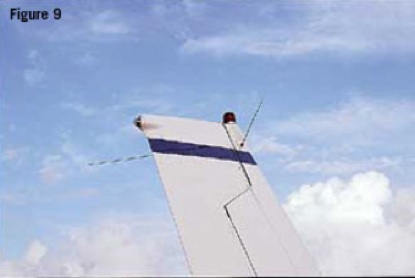
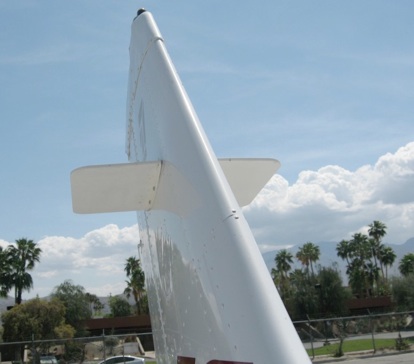
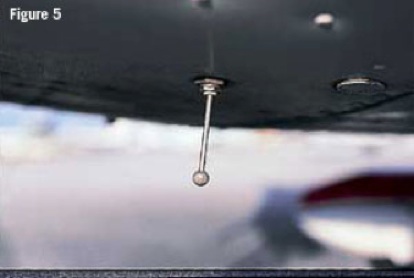

DME Antenna - As DME operates in the 960 - 1220 MHz frequency range, and Transponders receive/transmit at 1030 and 1090 MHz, the same antenna can be used by either device. You may need an Avionics or Maintenance Technician to tell you which is which, if you really want to know.
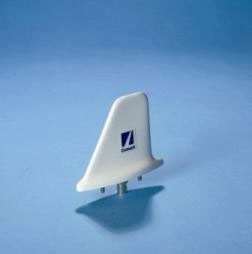
Marker Beacon - Blade-like (below, top); some Cessnas use the protruding tube from a flat plate (below, bottom). They’re always mounted on the bottom of the fuselage.



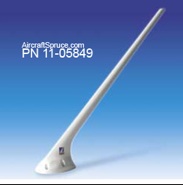
Sometimes in newer aircraft the GPS antenna is incorporated into the Com antenna (above).
ELT antenna - Almost always on top of fuselage; sometimes buried in tail or may look like a small com antenna.


You’ll still see some older airplanes with the old “clothesline” sense wire; a single wire strung between the tail and the top of the cockpit.
Newer loop antennas incorporate the sense mechanism as part of their design.
Stormscope - You’ll find a BF Goodrich Stormscope (lightning detection) on any Cessna with a Nav-II avionics package. The antenna (top, below) is mounted on the belly of the plane. L3 also makes a lightning detection product; their antenna (bottom, below) is very similar in appearance to the Stormscope antenna.
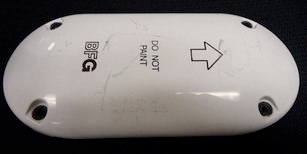
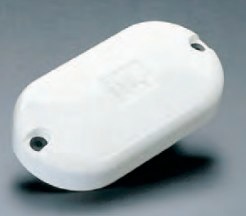
Onboard Weather Radar - If you have this on your airplane (lucky you), you would probably already know what this is!
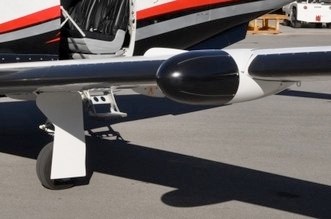
Read more about general aviation antennae in this AOPA article: Click here.
© 2014 Garry Wing









